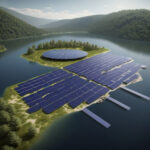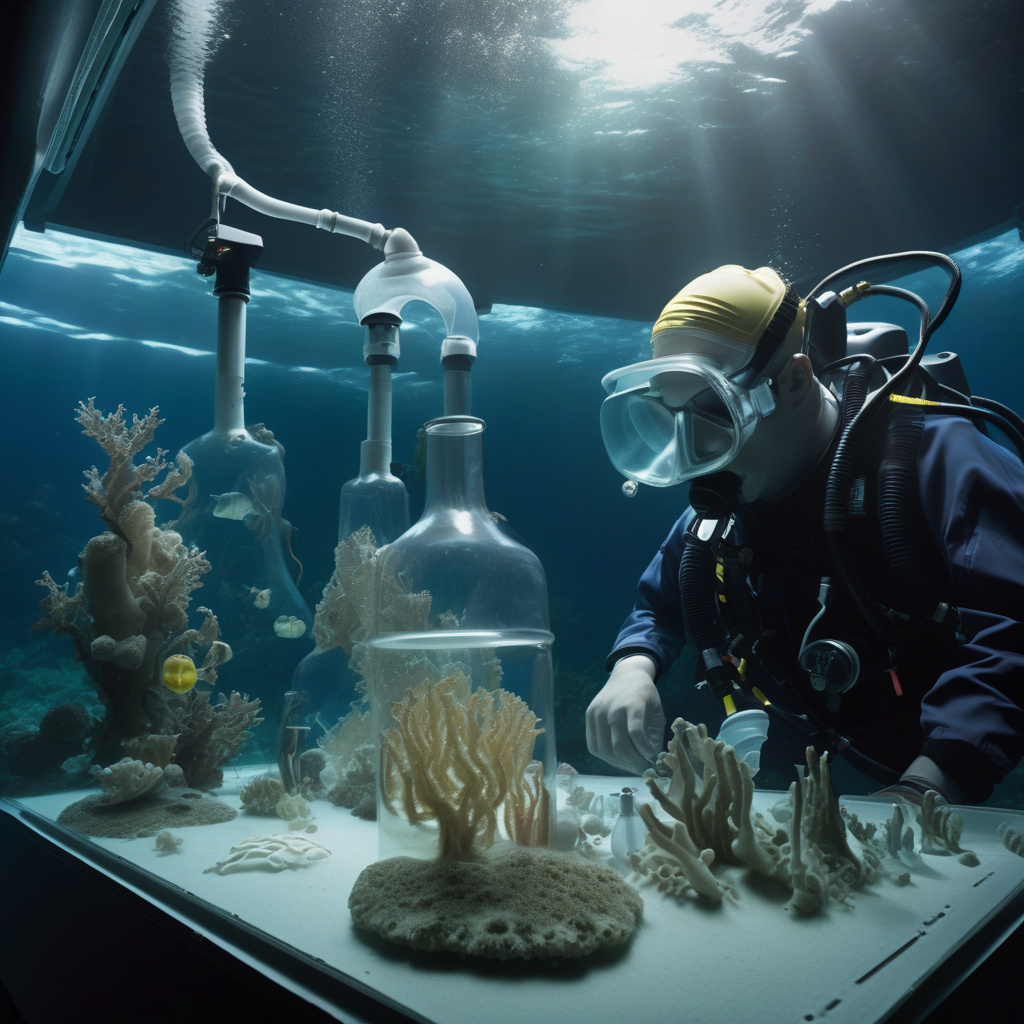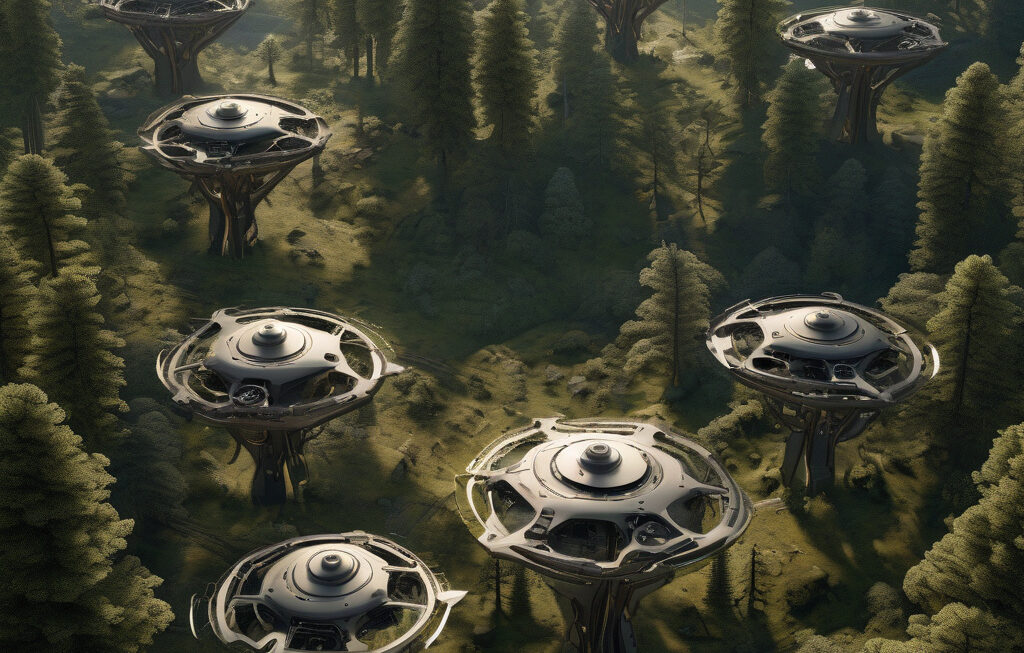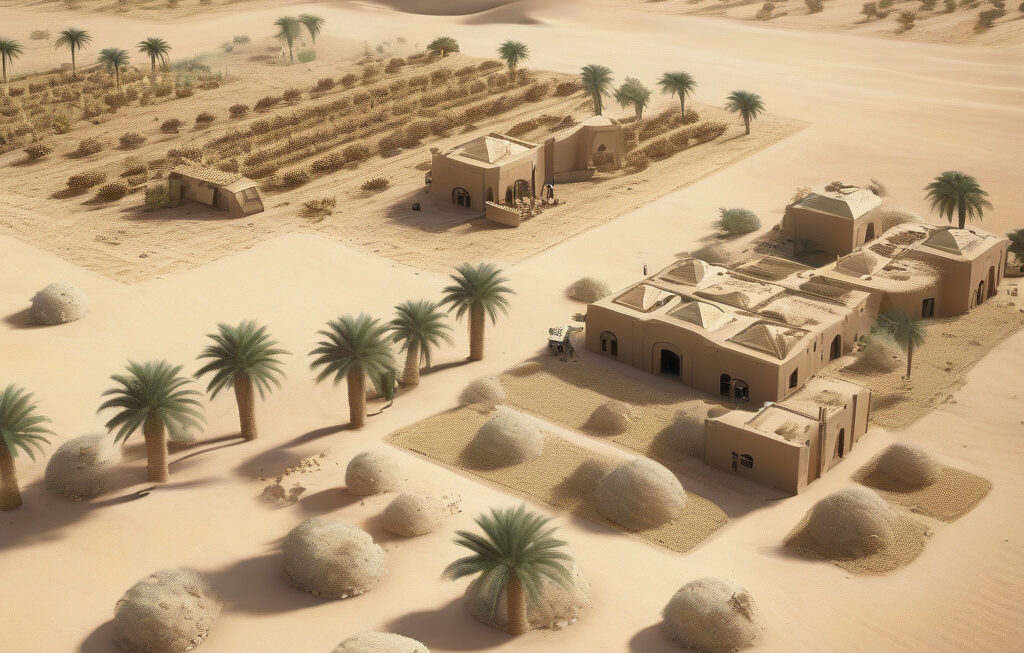Bioplastic Breakthrough: Revolutionary Microbial Polyester Disappears Under Extreme Deep-Sea Conditions
A Japanese research team has demonstrated that a novel microbial polyester called poly(D‑lactate‑co‑3‑hydroxybutyrate), or LAHB, could be a game-changer in the world of bioplastics. This innovative material has the incredible ability to vanish by up to 80% even in the harshest deep-sea environments, offering a promising solution to the ever-growing plastic pollution crisis that plagues our oceans.
Plastic pollution is a global environmental challenge that requires urgent and innovative solutions. Conventional plastics can persist in the environment for hundreds of years, causing significant harm to marine life and ecosystems. Biodegradable alternatives, such as bioplastics, have emerged as a more sustainable option. However, not all bioplastics are created equal, and many still leave a lasting impact on the environment.
The discovery of LAHB and its remarkable ability to biodegrade in extreme deep-sea conditions brings a new ray of hope in the fight against plastic pollution. In a study published in the journal Applied and Environmental Microbiology, the Japanese research team detailed how LAHB effectively broke down in deep-sea sediment samples collected from the Mariana Trench, the deepest part of the world’s oceans.
This groundbreaking research showcases the potential of LAHB to address the challenges posed by traditional plastics and even conventional biodegradable plastics. The ability of LAHB to degrade in deep-sea environments, where pressure is high, temperatures are low, and oxygen levels are scarce, highlights its unique properties that set it apart from other bioplastics.
The implications of this discovery are significant. By harnessing the power of microbial polyester like LAHB, scientists and industries can develop biodegradable plastics that not only break down on land but also disappear in the most extreme marine environments. This could lead to a substantial reduction in plastic waste accumulation in oceans and contribute to the conservation of marine biodiversity.
Furthermore, the versatility of LAHB opens up a world of possibilities for applications beyond traditional single-use plastics. From packaging materials to medical devices, the potential uses of this innovative bioplastic are vast. Imagine a future where everyday products are not only functional and durable but also environmentally friendly and sustainable.
As we strive to build a more sustainable future, innovations like LAHB remind us of the power of science and technology to drive positive change. By investing in research and development of biodegradable materials like LAHB, we can move closer to a circular economy where waste is minimized, and resources are utilized efficiently.
While the journey towards widespread adoption of biodegradable plastics is still ongoing, the discovery of LAHB represents a significant step forward. As consumers, businesses, and policymakers increasingly prioritize sustainability, the demand for eco-friendly alternatives to traditional plastics continues to grow. The development and commercialization of bioplastics like LAHB offer a promising solution to reduce our dependence on fossil fuels and mitigate the environmental impact of plastic waste.
In conclusion, the emergence of LAHB as a bioplastic that vanishes even in extreme deep-sea conditions marks a major breakthrough in the quest for sustainable materials. As we look towards a future where innovation and environmental consciousness go hand in hand, solutions like LAHB pave the way for a cleaner, healthier planet.
#Bioplastic, #Innovation, #Sustainability, #EnvironmentalImpact, #MarineConservation












